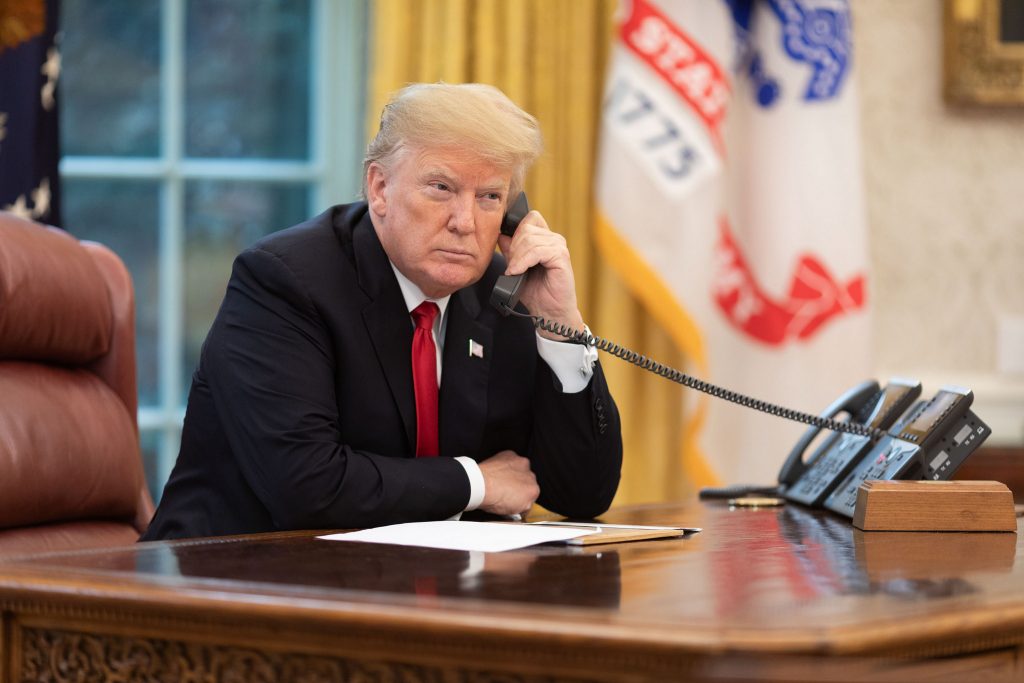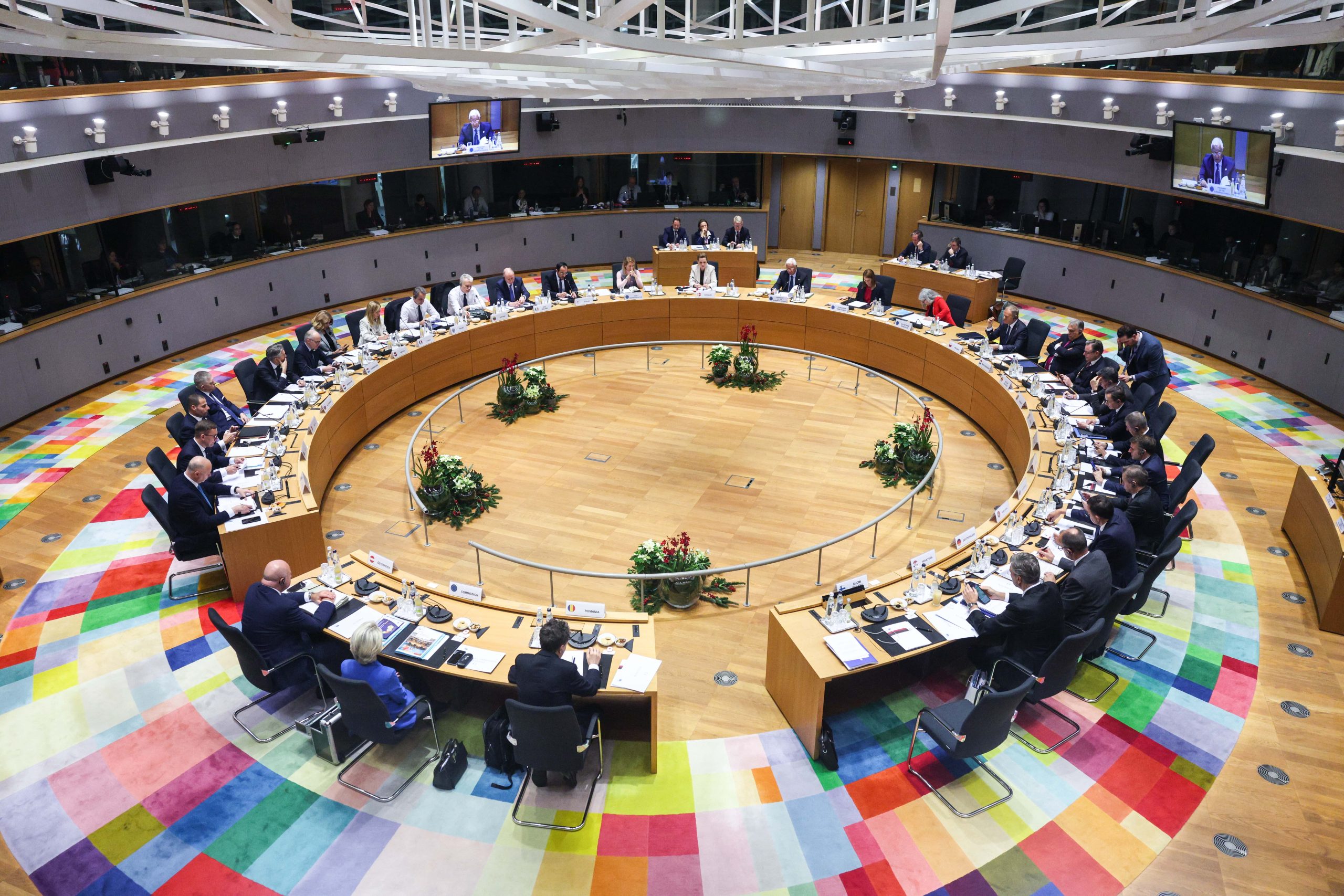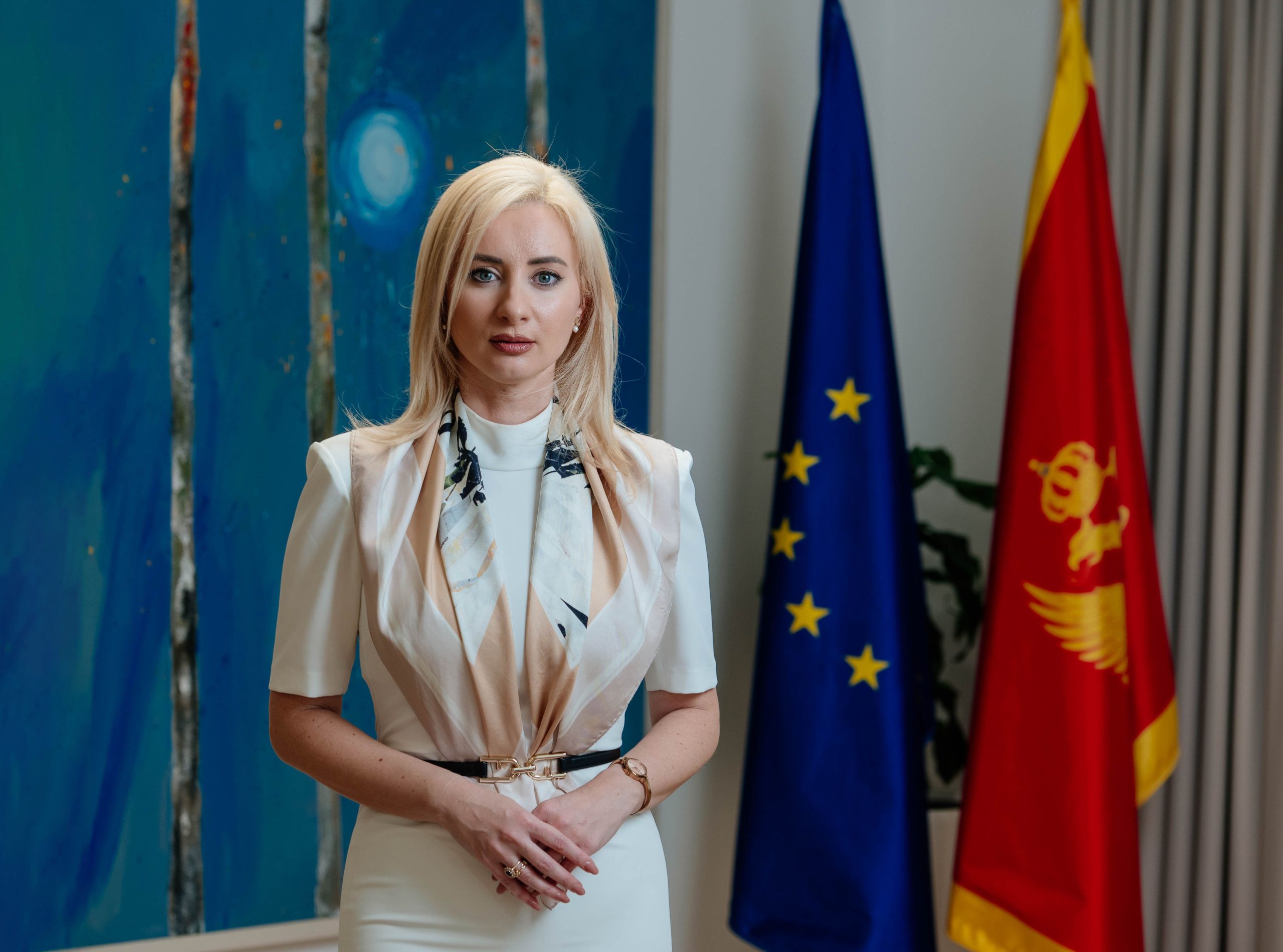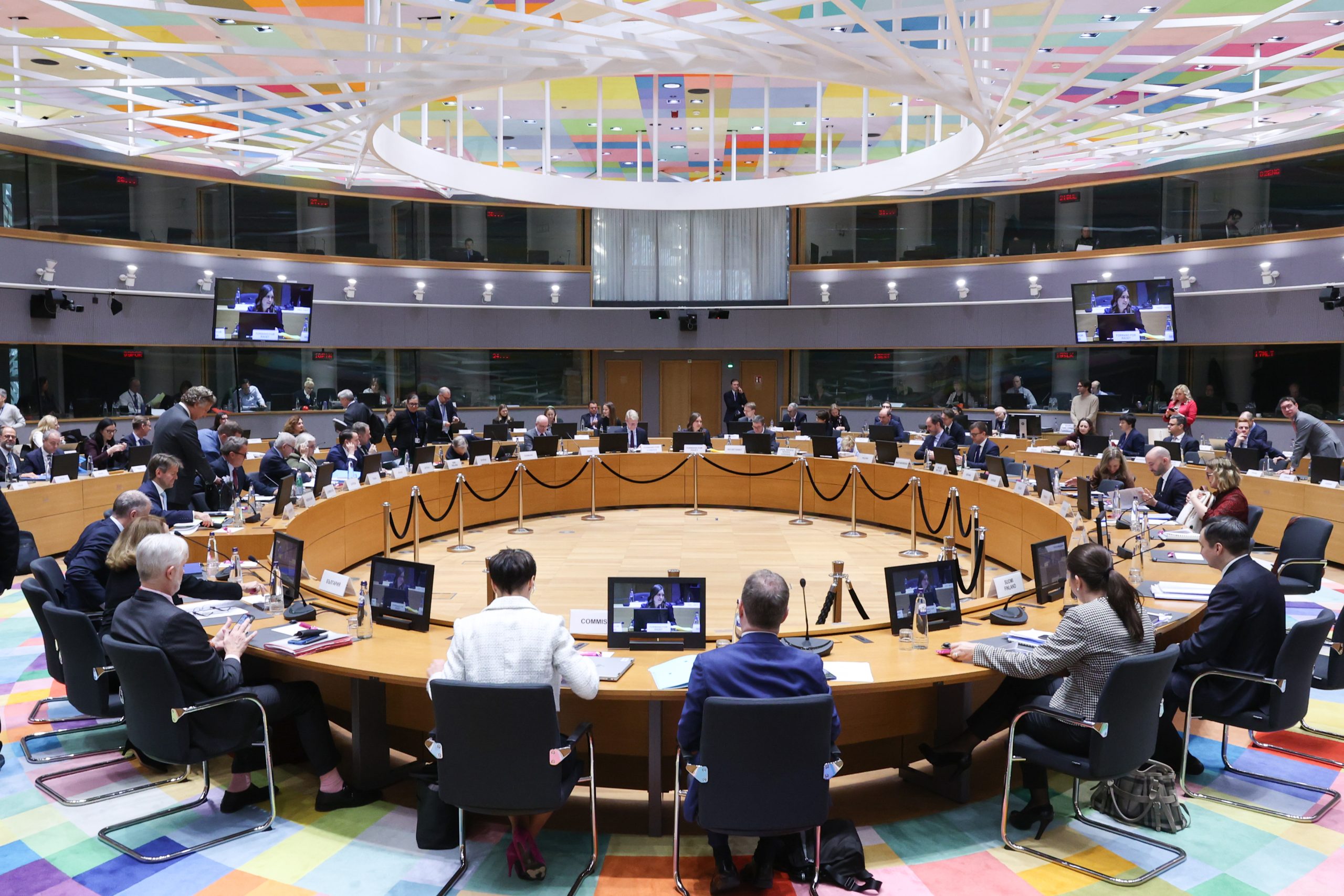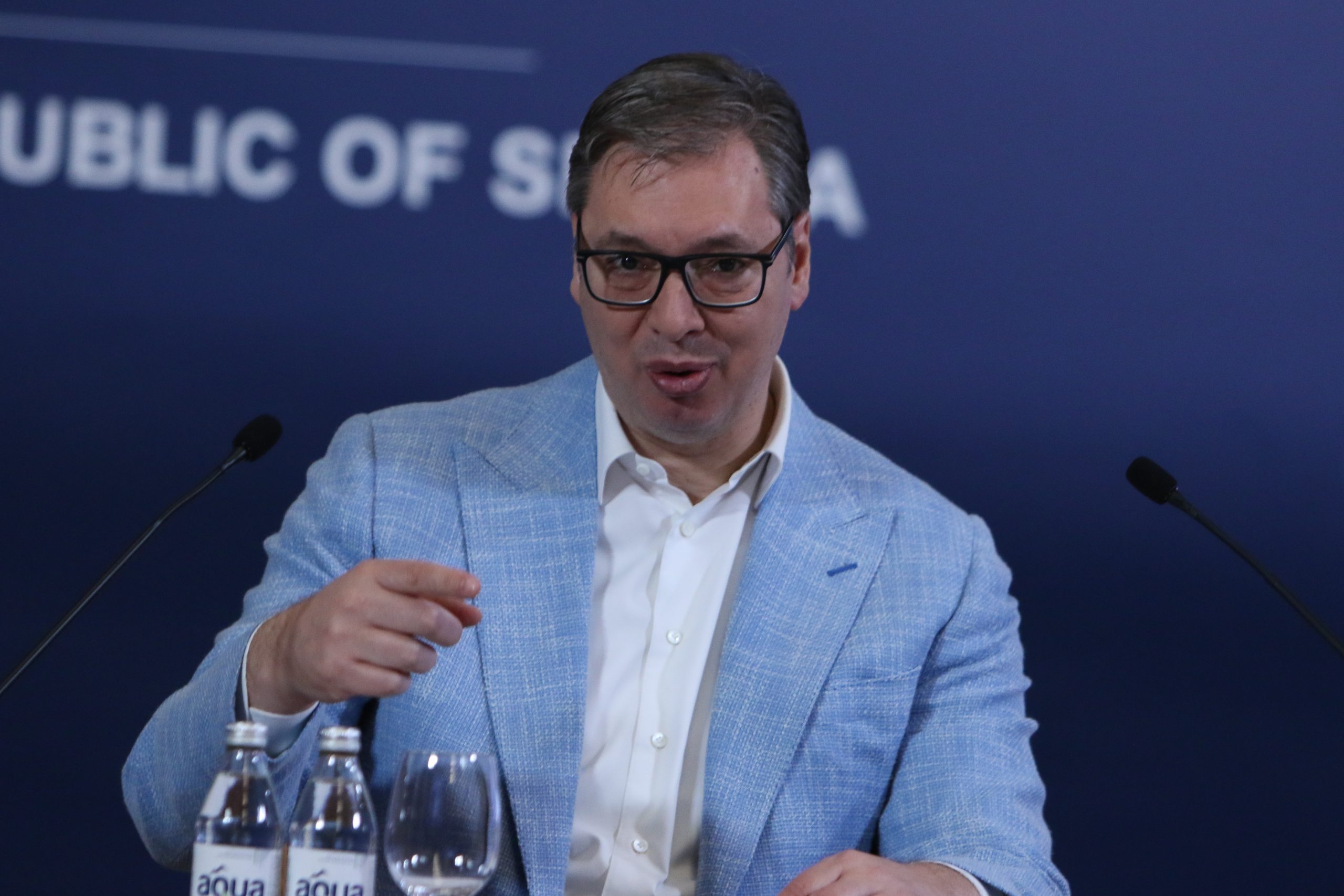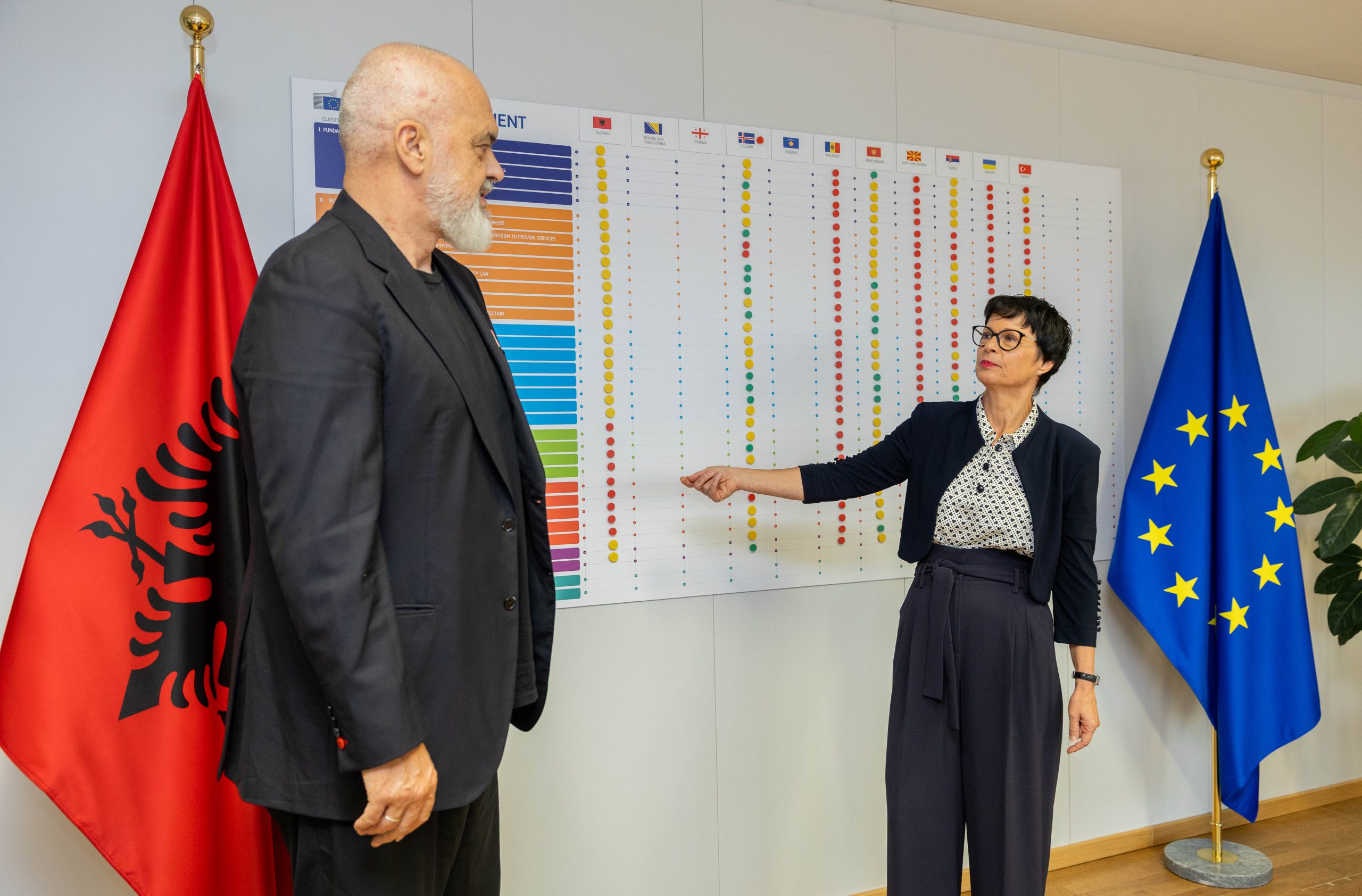“I look forward to hosting you in the White House to celebrate what would be an historic accord”, wrote the President of the United States Donald Trump in the letters to Presidents Aleksandar Vučić of Serbia and Hahsim Thaçi of Kosovo last December. A joint piece by US Ambassadors to Serbia and Kosovo followed, and then another a letter by Trump in February, all bearing a similar message – the opportunity must be seized as soon as possible.
As the idea of border change gained momentum last year, there were doubts about whether it was just a stalling tactic. It has nevertheless become increasingly obvious that, whatever has happened behind the scenes in the meantime, Washington is (again) taking the mantle for solving the most pressing issues in the Balkans from the EU, probably encouraged by the successful resolution of Greece-Macedonia dispute.
The almost painful silence from the Presidents Vučić and Thaçi on the actual state of the negotiating process leaves every analyst mostly in the dark. However, each of our interlocutors believes that some sort of the agreement could be signed as early as this year if the US remains committed, and there are several factors supporting this scenario.
Geopolitical calculations
After the joint resolution submitted by then 27 members of the European Union and Serbia to the United Nations General Assembly in 2010, negotiations between Belgrade and Pristina have been facilitated by the High Representative of the EU. This process was preceded by the more direct involvement of both the United States and Russia during the first ten years after the war had ended.
It seems, however, that the main achievements of the EU-facilitated process have already taken place, in the form of the so called “Brussels Agreements” in 2013 and 2015. For almost four years, there has been no significant breakthrough, which is crucial for both Serbia’s and Kosovo’s European integration. During that time, the United States have mostly been inactive when it came to the issue of Kosovo, leaving it to its lower ranked diplomats.
“Only after it had detected the growing influence of Russia, which utilized each crisis in the region to spread its own influence through soft power, United States became active once more. The issue is, according to the assessments of Washington, too risky to be left to the Europeans, who are also divided over the level of the sanctions towards Moscow”, says Boško Jakšić, journalist of the Serbian daily Politika specialized in foreign affairs.
According to him, the European Union has been plagued with multiple crises over the past decade, beginning with the financial crisis in 2008, Greek debt crisis that broke out in 2009, crisis in Ukraine in 2014, and a polarizing migration crisis a year after which caused a rise of right-wing populist parties. All of that, coupled with the decision of the United Kingdom to leave the Union and the subsequent negotiations, has impacted the EU in a way that it prevented it from sufficiently tackling the current problems of the region, especially the neuralgic spots carrying the potential for a conflict, emphasizes Jakšić.
“It will soon become clear that the US is more efficient than the EU. In 2017, Washington announced its determination to solve the Athens-Skopje dispute within a year. They have delivered. Greece-Macedonia name dispute was taken off the agenda in 2018, after 27 years of waiting”, he reminds.

NATO enlargement: 30 plus
The growing influence of Russia should not be viewed as the only reason for the increasing engagement of the US, however. Some of it has to be attributed to the wish of the United States not to leave the process inconclusive and to continue with the positive trend of NATO’s enlargement to the countries of the Western Balkans, stresses Marko Savković, Programme Director of the Belgrade Fund for Political Excellence.
“[The US wants to] get Kosovo recognized and put it on fast track towards NATO membership, similar to North Macedonia. That would create pressure on Serbia/Republika Srpska leadership to reconsider neutrality and would ultimately lead to the entire region brought under NATO umbrella”, he explains.
Both Savković and Igor Novaković, Research Director of the International and Security Affairs Centre – ISAC Fund, mention the “window of opportunity”, which, according to them, United States is convinced has opened up. Indeed, the “natural pace” of the Kosovo-Serbia normalization process indicates that the time for a final agreement is near, especially having in mind other regional developments.
One might also conclude that the “perfect storm” of personalities has taken place to allow for the United State’s brokered deal between the two countries to take place. For example, Jakšić is keen to include the personality of President Trump in the equation. “The source of my optimism that the Agreement is possible this year is the “business style” of the American President. When he is determined to achieve something, it is hard to stop him”, he says.
The appointment of John Bolton, former United States Ambassador to the UN to the position of National Security Advisor can also be seen as an important factor. During his tenure in the United Nations, Bolton was focused on the issue of Kosovo, and he was the first high Western official to back Vučič’s and Thaçi’s demarcation proposal in August last year.
Despite all of this, the process is not irreversible, Savković believes. “Those who are supposed to reach the deal, are at the same time employing this awful narrative, creating an atmosphere in which its eventual implementation seems unlikely”, he says. This is particularly true for President Vučić, who is currently in an awkward situation in which his internal legitimacy to a large degree depends on the “protection of Serbia’s interest in Kosovo”, while his external support is founded on willingness to negotiate about the final resolution.
Mutual recognition: Is it necessary?
This shifts the focus back to the issue of the content of the potential agreement – is it going to be based on a territorial swap followed by a formal mutual recognition? Even though President Trump underlined the latter point as necessary in his letter from February, different models for the future relationship between Kosovo and Serbia have been proposed over the years, Savković points out.
“There are two schools of opinion – one that formal recognition and UN membership is necessary for Kosovo to move forward, other that it is not, and that model akin to “two Germanies” (UN membership without a formal recognition) might do the trick for both sides. That’s where you start from; and no one is certain that Russia and China would automatically support a deal deemed acceptable by Belgrade”, he says, referring to the veto power these two countries hold in the UN Security Council.
On the other hand, Savković also points out that the President of the United States is the foremost authority on foreign policy, and judging by the letter, the US have taken the stance that formal recognition must be part of (any) agreement.
Jakšić also believes that the maximal maneuvering space allowed to Serbia will be the signing of a legally binding agreement without a formal recognition, but with clear consent that Belgrade will not block Kosovo’s membership in United Nations and other international organizations. “American minimum is a Serbian maximum”, he emphasizes.
As for the issue of land swap (mostly along the ethnic lines), it has become evident since last summer that the United States has no intention of amending the proposal (as vague as it is) if it would provide the two societies with the incentives to support the agreement.
“It seems that the issue of borders for them is not important, since there are probably some guarantees by to be signatories that there would be no spillover effect (further changes of borders in the region) on Bosnia, Macedonia, and Kosovo itself. Whether this is true or not, it is yet to be seen”, says Igor Novaković.
Perhaps more surprisingly, the officials of the European Union have also shown readiness to support the idea, adopting a sufficiently vague position that the final agreement must be based on international law, in accordance with EU law and acceptable to all member states. Only the last part could prove itself to be problematic, with the German Chancellor Angela Merkel clearly expressing her opposition to any changes of the borders. However, Jakšić does not believe that she would risk blocking the solution agreed upon by Belgrade and Pristina, even if it was written according to the “American scenario”.

Are the twenty years that have passed since the end of war in Kosovo sufficient to provide enough maneuvering space for achieving this important benchmark? Our interlocutors believe that the agreement is possible, but also remain cautious in their predictions.
“Almost everything is up to United States. And the impression is that he is currently determined”, says Jakšić, while Novaković guesses that some kind of document could be signed, but the question remains if it will be implemented and how. Finally, Savković’s opinion is that if the dispute is ever going to be solved, the time for it is by the early 2020. “I believe that (after that) the window of opportunity will be lost, maybe for an entire generation on the side of Serbia“, he concludes.
